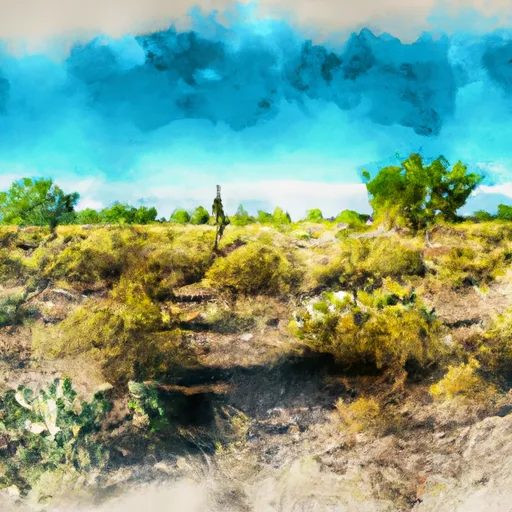Summary
The lake is well-known for its abundance of rainbow trout, largemouth bass, bluegill, and catfish. The best time to fish for trout is from March to May and September to November, while bass and catfish are more active during the summer months.
Apart from fishing, visitors can also enjoy hiking, camping, and picnicking in the nearby Coronado National Forest. The lake also has facilities for kayaking and boating.
For fishing tips, anglers are advised to use lures and baits that imitate the natural food sources of the fish. For trout fishing, using powerbait and worms can be effective, while bass fishing is best done with spinnerbaits and plastic worms. Fishing in the early morning or late afternoon can also increase chances of catching fish.
The best time of year to visit Parker Canyon Lake is during the spring and fall, when temperatures range from 50 to 80 degrees Fahrenheit. Summer temperatures can reach up to 100 degrees Fahrenheit, making early morning and late evening fishing more comfortable. In winter, temperatures can drop to below freezing, making ice-fishing possible.
Weather Forecast
Nearby Streamflow Levels
Angling Safety Guidelines
Check local fishing rules, seasons, size limits, and license requirements to ensure legal and sustainable angling.
Handle Fish Responsibly
Use wet hands, minimize air exposure, and release fish gently to improve survival rates when practicing catch-and-release.
Choose the Right Gear
Match your rod, line, and tackle to the species and conditions to increase success and reduce unnecessary harm to fish.
Respect the Waterway
Avoid disturbing habitat, prevent bank erosion, and keep a safe distance from spawning areas to protect ecosystems.
Keep It Clean
Pack out all line, hooks, bait containers, and trash—discarded gear can injure wildlife and degrade waterways.
Related Links
Area Campgrounds
| Location | Reservations | Toilets |
|---|---|---|
 Lakeview
Lakeview
|
||
 Rock Bluff Group Site
Rock Bluff Group Site
|
||
 Ramsey Vista
Ramsey Vista
|
||
 Ramsey Vista Campground
Ramsey Vista Campground
|
||
 Reef Townsite Campground
Reef Townsite Campground
|
||
 Reef Townsite
Reef Townsite
|







 Parker Canyon
Parker Canyon
 Preserve Ramsey Canyon
Preserve Ramsey Canyon
 Las Cienegas National Conservation Area
Las Cienegas National Conservation Area
 Wilderness Miller Peak
Wilderness Miller Peak